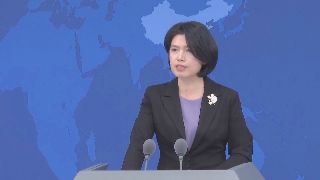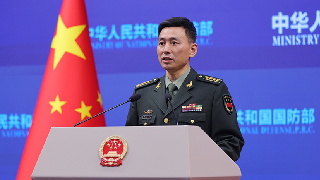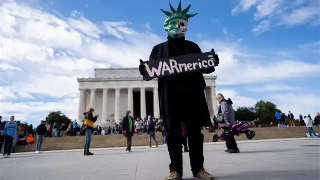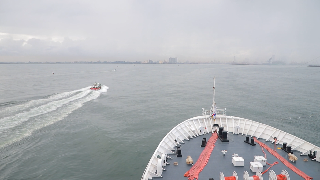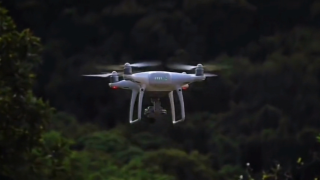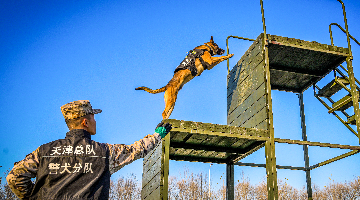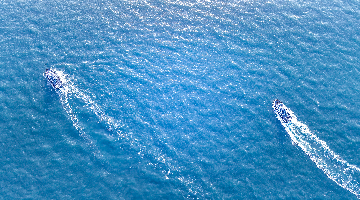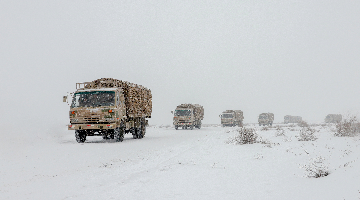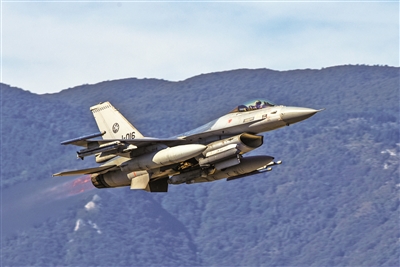
The picture shows a Netherlands' F-16 fighter participating in the "Steadfast Noon" nuclear exercise. (File Photo)
By Shi Wen and Wu Gang
NATO kicked off the two-week-long "Steadfast Noon" annual nuclear exercise on October 14th, which brought together 2,000 soldiers and more than 60 military aircraft from 13 countries, foreign media reported. The organization also announced a massive military expansion plan to form 49 new combat ready brigades, increasing the total number of this type of unit to 131. Analysts said as a Cold War vestige, NATO's combination blows of armament will further complicate and aggravate the regional security situation and may trigger a number of security consequences, including a nuclear confrontation.
This is the third consecutive year that NATO hosts the "Steadfast Noon" nuclear exercise, which, as some commentators said, has become an annual exercise with its duration increasing from one week to two weeks since 2023. The exercise this year mobilizes more weapons and equipment in more types, aiming to showcase NATO's nuclear and conventional capabilities, strategic and tactical nuclear attack strengths, and reinforce its strategic deterrence.
A new military expansion plan was also announced during the muscle-flexing exercise. The new NATO Secretary General, former Dutch Prime Minister Mark Rutte released the first NATO military deployment report after he came into office, which highlighted the increase in troops and equipment and the intensified control over alliance boundary as the organization's priority tasks. The military expansion, said NATO, is aimed to keep Europe secure and stable, but a strong aggressive signal has been sent. The resonance between its military buildup and eastward expansion has exposed the military bloc's Cold War mentality of expanding by force.
Foreign media commented that NATO's recent moves in military preparedness send shivers reminiscent of the Cold War, making the already complex regional situation more unpredictable.
After the conclusion of the "Steadfast Noon" exercise, France and the UK, two nuclear states, will continue to carry out independent nuclear attack training as usual. In 2024, Russia and Belarus already had two stages of tactical nuclear exercises, with a plan to carry out the annual strategic nuclear attack exercise in the near future. The constant nuclear exercises in Europe will enhance the risk of a nuclear confrontation.
The exercise enabled NATO to push its tactical nuclear attack platform further to the frontline of Europe's central and eastern wing, which met with opposition from some Europeans, who believe the deployment is no different from inviting a wolf to their house and will shroud the Europe with a nuclear shadow. Anti-nuclear weapon organizations from Belgium, France, Italy and other countries have organized protests in many places, demanding the reduction of nuclear hazards.
The military expansion will force several European countries to speed up enlistment and increase military spending, and they have to spend more on defense as the process continues, with the possibility of shifting to a so-called state of "wartime economy". That may lead to an arms race among regional countries or blocs.





